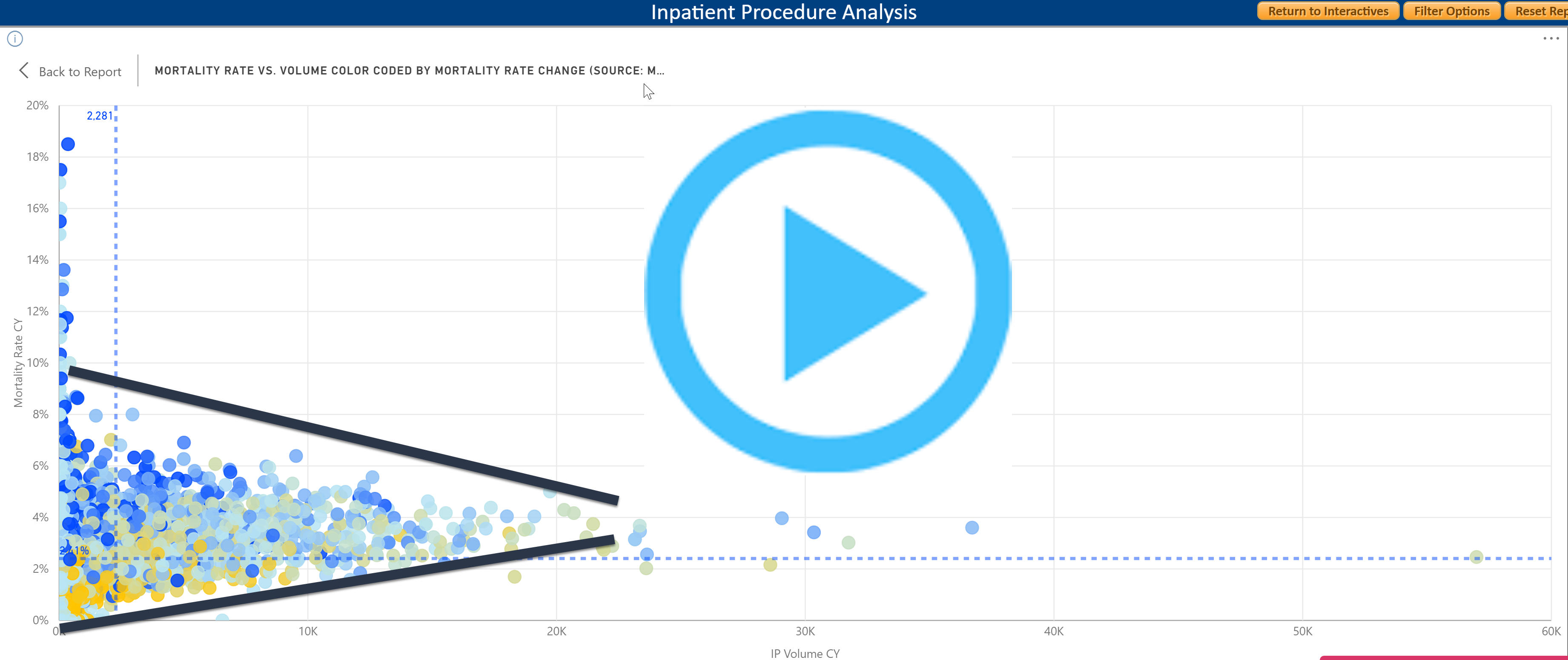Everyone has caught March Madness fever. The first two rounds of this landmark tournament sparked more double digit seed upsets than any other year. Yet as we sit here for the sweet 16, all of the number one seeds advanced. It is no surprise to anyone either that NCAA basketball is big business. So much so that in 2014, Ed O’ Bannon, a former basketball star at UCLA won a class action lawsuit against the NCAA.
Just how big is NCAA men’s basketball? Fortunately, the Equity in Athletics Disclosure Act (EADA) provides a host of data on NCAA programs. EADA requires Title IV institutions with an intercollegiate athletic program to prepare an annual report to the Department of Education on athletic participation, staffing, and revenues and expenses, by men’s and women’s teams. We used Public Insight to gather revenue data for the past five years for NCAA men’s and women’s basketball teams. There are 1988 institutions that reported nearly $1.9 billion in basketball revenue in 2014-2015. This has grown over 23% in five years. The revenue by institution ranges from less than $10,000 to nearly $46 million.
Do big men’s basketball programs pay off? Apparently they do because six of the top ten NCAA basketball revenue producers also have teams in the sweet 16. The top 10 basketball revenue producers in 2014-15 are as follows with sweet 16 status highlighted in yellow:

The school with the least amount of basketball revenue in the sweet 16? Surprisingly it is Notre Dame at Number 107 with a pedestrian $3.5 million in basketball revenue. It would probably be a different story if we looked at Notre Dame through the football lens.

A basketball team within a strong conference is a double-whammy. It is not secret that the Atlantic Coast Conference (ACC) and Big Ten conference are strong as overall conferences. The Atlantic Coast Conference eked out a win in basketball revenues over the Big Ten Conference at $226 million vs. $208 million respectively. Both conferences continue to grow, but the Big Ten has sustained growth of over 25% for the past five years.
You can download a spreadsheet of all institutions and their men’s team basketball revenues for the past five years by clicking HERE. We have also provided several pivot tables that rank teams and conferences by revenue product and growth rates.
The initial look at the women’s programs yielded some more surprising results. That will be the subject of next week’s blog.




